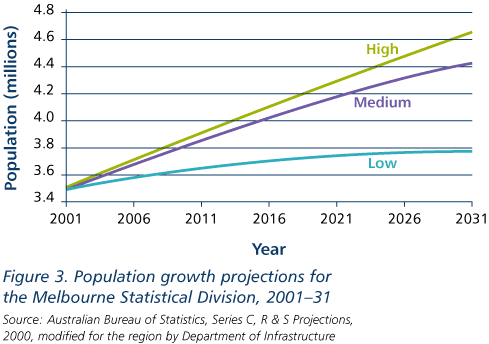Last month, we parked a large blue bucket in the bottom of our bath, below the shower nozzle. And my mum tells me she’s done the same. You see, Melbourne’s water supply is sitting on 38.4% of capacity right now, and we still have 2 hot months ahead. Politicians are surely getting worried, and Stage 3 restrictions began on January 1st. This means that my once-cherished collection of large pot-plants and vegie garden are almost certain to be abandoned, as we can now only hand water on Tuesdays and Saturdays between 8pm and 10pm. I suppose I could go out and buy some large water trays to leave them soak in, but I’ve resigned myself to their unsustainability. I now find myself in the position of trying to decide which plant in the garden will get the daily pre-shower water. It’s all a bit ridiculous as by the time I manouever into the shower and haul the bucket onto the toilet lid, I’ve just wasted a half measure anyway. But it’s the thought that counts. And today, as I cleaned 56 brown bottles in preparation for the HOMEBREW OF THE CENTURY, I used a nifty Christmas present from mum to clean the lot with a single precious litre in a pumping bowl.  Projected increase in water demand, Scenario A compared with other scenarios, five metropolitan areas, 2001-2031 Increase in water demand based on population growth (Scenario A) Increase in water demand based on population growth, household formation and urban consolidation (Scenarios B, C and D) Sydney A: 33% B/C/D: 35 to 43% Melbourne A: 33% B/C/D: 37 to 42% Brisbane A: 58% B/C/D: 62 to 73% Adelaide A: 13% B/C/D: 18 to 20% Perth A: 48% B/C/D: 53 to 62% So, with adjustments like these at our place (not to mention the now ubiquitous “mostly only flush if it’s a solid – or if we have guests” toilet policy) hopefully we’ll ride out the summer and get some nice rain eventually. With the Bracks government widely considered the greenest state government in power, I’m surprised a desalination plant isn’t already being built like in Perth and Sydney, as growth forecasts for Melbourne point onward and upward.
Projected increase in water demand, Scenario A compared with other scenarios, five metropolitan areas, 2001-2031 Increase in water demand based on population growth (Scenario A) Increase in water demand based on population growth, household formation and urban consolidation (Scenarios B, C and D) Sydney A: 33% B/C/D: 35 to 43% Melbourne A: 33% B/C/D: 37 to 42% Brisbane A: 58% B/C/D: 62 to 73% Adelaide A: 13% B/C/D: 18 to 20% Perth A: 48% B/C/D: 53 to 62% So, with adjustments like these at our place (not to mention the now ubiquitous “mostly only flush if it’s a solid – or if we have guests” toilet policy) hopefully we’ll ride out the summer and get some nice rain eventually. With the Bracks government widely considered the greenest state government in power, I’m surprised a desalination plant isn’t already being built like in Perth and Sydney, as growth forecasts for Melbourne point onward and upward.